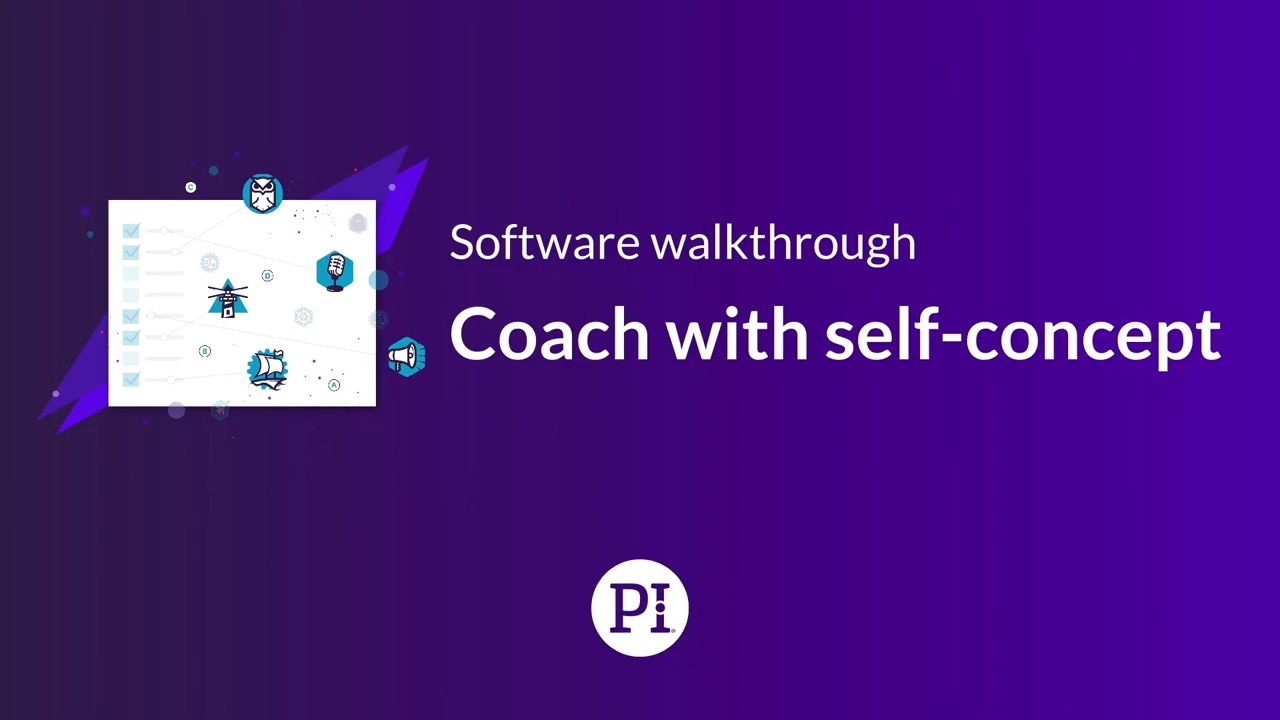Managing remote employees with PI
PI Power User Series
Managing remote employees with PI
PI Design Power User
Maintaining relationships with direct reports
Understanding the needs of individuals on your team and how to give them what they need to be successful in a remote work environment is essential. Different team members will need to be managed in very different ways to be at their most effective. For a high-level overview of the needs of each team member, download their behavioral patterns and review the activity below.
Management Strategy Guide
Managing team members in a remote setting means you will likely spend less face time with them, so having an understanding of how well you are motivating someone based on their behavioral preferences is very powerful. Generate a Management Strategy Guide for each employee and talk through it with them in a 1:1 meeting. Here’s a suggested process for this to the right:
Coaching with self-concept

The self-concept pattern offers an insight into how an employee is feeling at a specific moment in time. This can change over time if there are changes to the environment, role, manager, team or anything else that can impact how an employee feels the need to adjust their natural behavior.
Whether a direct report is new to working remotely, or whether they have been working remotely for a while, coaching with self-concept can help you understand how the individual is currently feeling in their role. Particularly if there has been a change in role, organization or circumstance, use Coaching with self-concept to identify if your direct report is feeling the need to stretch excessively in relation to their most natural behavioral tendencies. Talking through any extreme changes can help you address the issue and ensure they don’t feel isolated and frustrated while working remotely.
Coaching guide
Remote employees have the same level of career aspiration as those employees that are office-based, so it is important that you as a leader help them develop their career and coach them towards great performance and career progression. The Coaching Guide compares an employee’s behavioral pattern to the job target set for a specific position and will give you questions to help you coach the employee where there may be areas for improvement. Use the coaching guide to coach for:
Performance
If there are opportunities for improved performance for an employee, leverage the coaching guide to generate coaching questions to help them adjust their natural behaviors to be a closer match to the ideal behavioral target set out for their current role.
Career progression
If any employee expresses a desire to move into a different position, use the coaching guide to compare their behavioral pattern to their desired job target and coach them on how they can adjust their natural behaviors to better fit their ideal position.